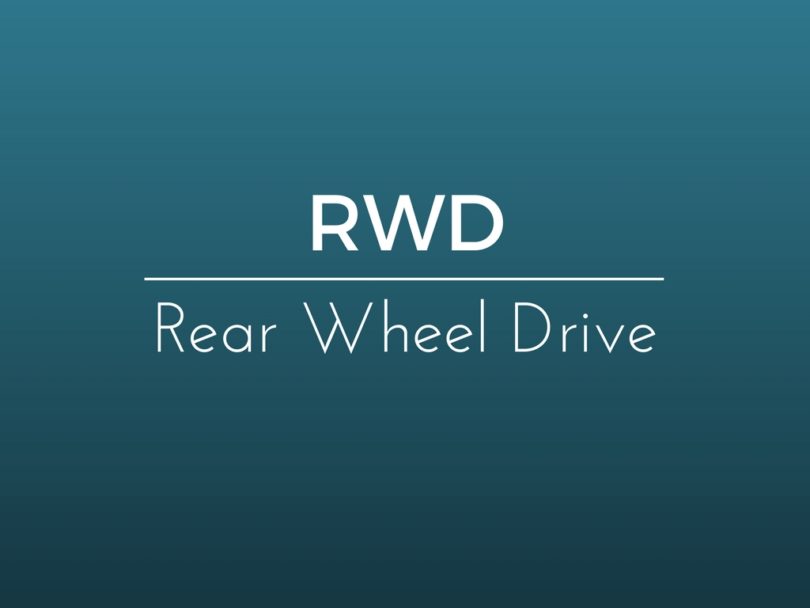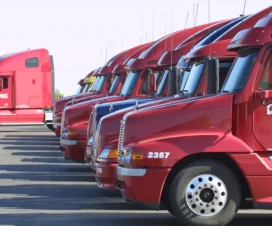 |
Rear Wheel Drive (RWD) is the way God himself intended for a car to be propelled. You may hear same sentence ones or better multiple times coming out from the mouth of car enthusiasts, and it is not far away from the truth. But then, why are FWD cars ubiquitous ones and what is so special about that rear axle? You are here to find out.
Rear Wheel Drive (RWD) – Track Knows No Better
If you ever have any intention of taking your four-wheeler to some track and have some fun, RWD is just irreplaceable. With all due respect to the front wheel drive hot hatches capable of generating decent amounts of fun, along with properly honoring performance oriented AWD systems generating superior lap times, power sent to the rear axle simply allows greater levels of fun and joy are missing with other two. As with all things it also charges for that smile it just generated on your face, but let’s start first with good stuff.
Positive Sides
First of all, when you push the pedal to the medal, you want that thrust to come from behind. It is a sweeter feeling, hence mandatory for any luxury coated vehicle, it doesn’t jerk the steering wheel (as torque steer often does with FWD) it can handle rougher treatment (object of hard-core SUV cravings), and it helps with acceleration time (when nose goes for clouds weight simply stroll back and improves traction, though AWD performs there even better). Further more, since the engine is in most cases at the front, transmission can partially pull back, drive shaft stretches across, while differential becomes completely relocated at the rear.

Rear Wheel Drive (RWD)/wikipedia.org
That allows superior weight distribution (it works even better in the case of mid-engine layout), which is a must with sports cars since it highly influences handling. Also, FWD has limits in horsepower which it can handle (though those limits are constantly broken lately with clever engineering), and so does RWD, but its boundaries are so higher that even some hyper cars have broken it yet. Finally, Rear Wheel Drive (RWD) means fun, it means drifting, it means burn-outs, it means happy tail, and all that is ultimate gain one could squeeze from his car. Same even caused some AWD systems to favor rear wheels when ultimate traction is not needed highly.
Negative Sides
There are several reasons why FWD cars are much more common ones. First, is obviously cost associated with RWD setup. Since the use of transaxle is out of the question (cars with rear mounted engines are often as ones with gull-wing doors), additional mechanics is transferring torque to the rear certainly bare some price tag, along with extra weight affecting mentally heavily pedestaled fuel efficiency. Those are the reasons why you need to stretch for higher segments, sports cars or luxury labels to get it. Plus, same mechanics often steal some space figures at the rear (due to that charming/annoying floor tunnel), sometimes even from the boot, and that drifting ability isn’t fun at all when it happens unintentionally caused by slippery surfaces in case of rain, snow or sand.
When to Go for It
If you view your car as a transportation device and when every mpg counts, feel free to go for reasonably sized and priced hauler. If you cherish benefits brought by luxury labels, you can hardly avoid Rear Wheel Drive (RWD) layout if mid-sized things or above are your purchase game. In the end, besides AWD is getting annoyingly common in sports car area, if joy is what you are seeking for, no other setup is more generous with gifting you some.




